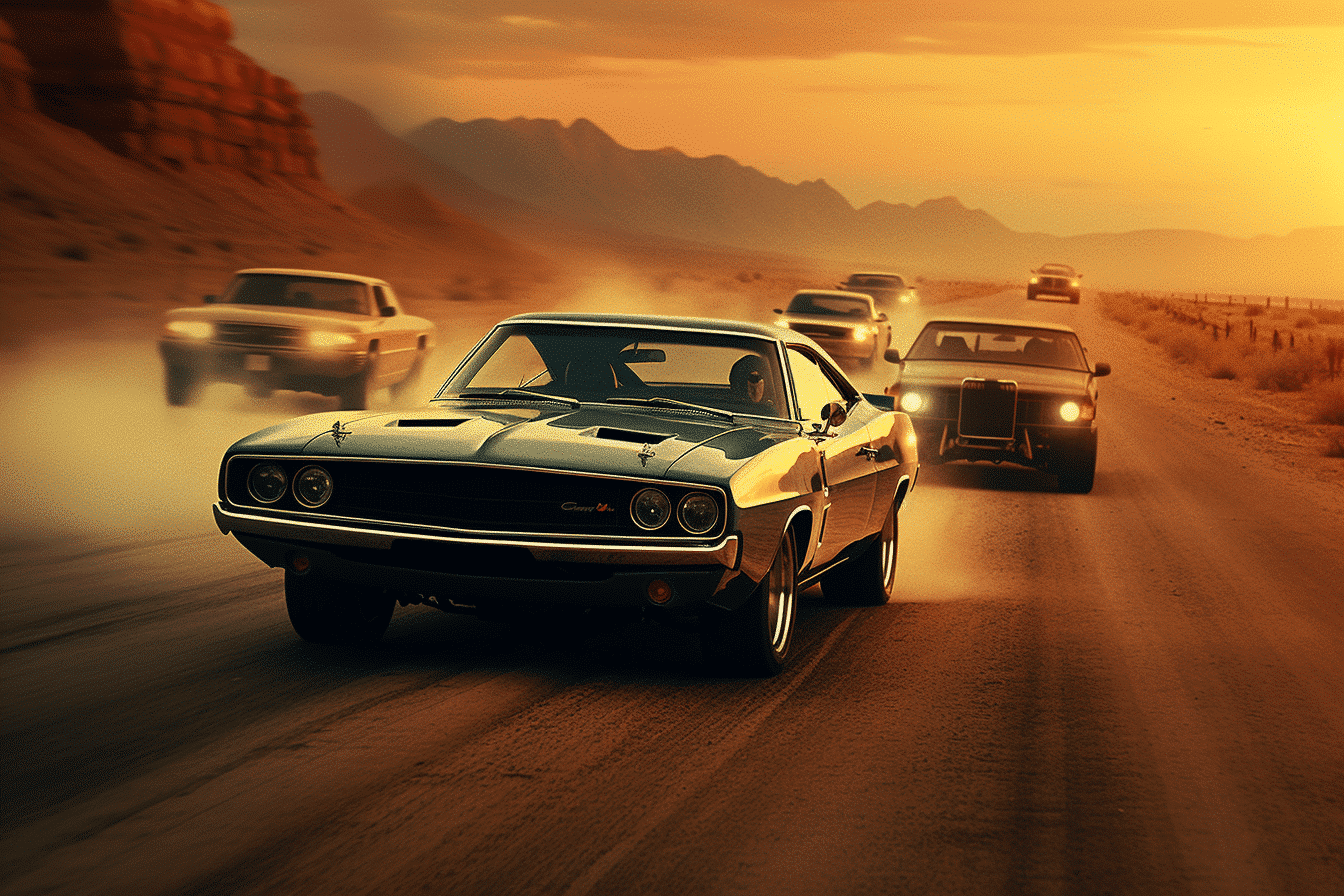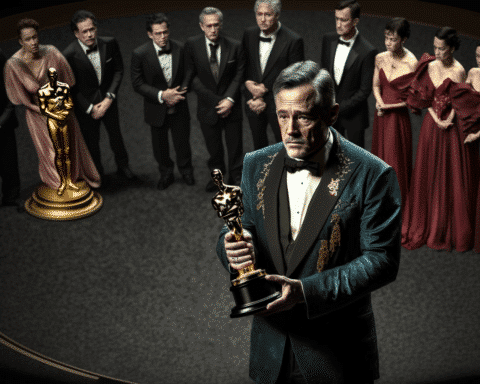The twenty-two-year journey of “The Fast & The Furious” movies has given birth to many characters and events that make for great cameos and references in “Fast X.” Even though the tenth installment is packed with adrenaline-fuelled action, it is merely preparing for the sequels that are set to follow. It embarks on a multi-chapter narrative, an aptly overstuffed strategy to conclude this exceedingly loud franchise, albeit probably temporarily.
Despite the multitude of familiar faces making notable appearances or simply passing by, the new villain, Dante, depicted by Jason Momoa with excessive theatrical vigour, is the central highlight of the latest movie. His quest for revenge, outlined in the opening scenes, and his over-the-top acting style owes a tip of the hat to the Joker. This dramatic performance, however, tends to lean more towards awkward than amusing.
This reckless antagonist threatens Dom (Vin Diesel) and his extended family, instigating a grand chase in Rome and later shifting to Rio de Janeiro. A rare car race is squeezed into the plot, a seemingly old-fashioned move given the “Fast” series’ outrageous paths.
Dante’s plot makes Dom and his crew fugitives, with mixed reactions from government agents. One, played by Brie Larson (soon to be seen in the “Captain Marvel” sequel), sympathizes, while another (Alan Ritchson of “Reacher”) is doggedly pursuing them.
Nowadays, “Fast” movies have escalated to a dizzying level of action that can be appreciated for its vigorous absurdity or, more commonly in this latest film, chuckled at for its utter extravagance.
Louis Letterier, the French director known for his work on “Transporter” films and “The Incredible Hulk,” takes on the project with complete confidence, including the heartfelt homilies about family and commitment that Diesel insists on delivering, featuring high-calibre co-stars like Helen Mirren and Rita Moreno.
While there’s a case for attempting to create an epic narrative, the sheer volume of characters and the escapism at the heart of the “Fast” franchise make an effort to create a serialized saga akin to “Star Wars” seem overambitious. Regardless, this approach is currently trending, as seen in the latest “Mission: Impossible” movie marketed as “Part One.”
The rising number of “Fast” cast members who now hold superhero roles reflects a shift in the film industry this century, paralleling the progression of these movies, which continue to blur together due to their increasingly complex scenes and stunts.
The prospect of “Fast X” flawlessly transitioning into “Fast XI” and possibly “Fast XII” (adhering to the Roman numeral tradition) seems to indicate a narrative aspiration, but it doesn’t; instead, this structure simply lays the groundwork for an additional five years or so of this incredibly profitable global franchise.
The last installment, “F9,” gave movie theatres a much-needed boost in box office revenue, suggesting plenty of commercial fuel left in this franchise. However, from a creative standpoint, “Fast X” appears to be running low on inspiration.
“Fast X” maintains the franchise’s reputation for action-packed extravagance, even if it’s creatively sputtering. The franchise is gearing up for more sequels and isn’t slamming the brakes anytime soon. The film’s commercial viability looks as robust as ever, indicating that the franchise’s tank is far from empty. However, it’s high time the creators put their foot on the creative accelerator to breathe fresh life into the seemingly never-ending saga.




